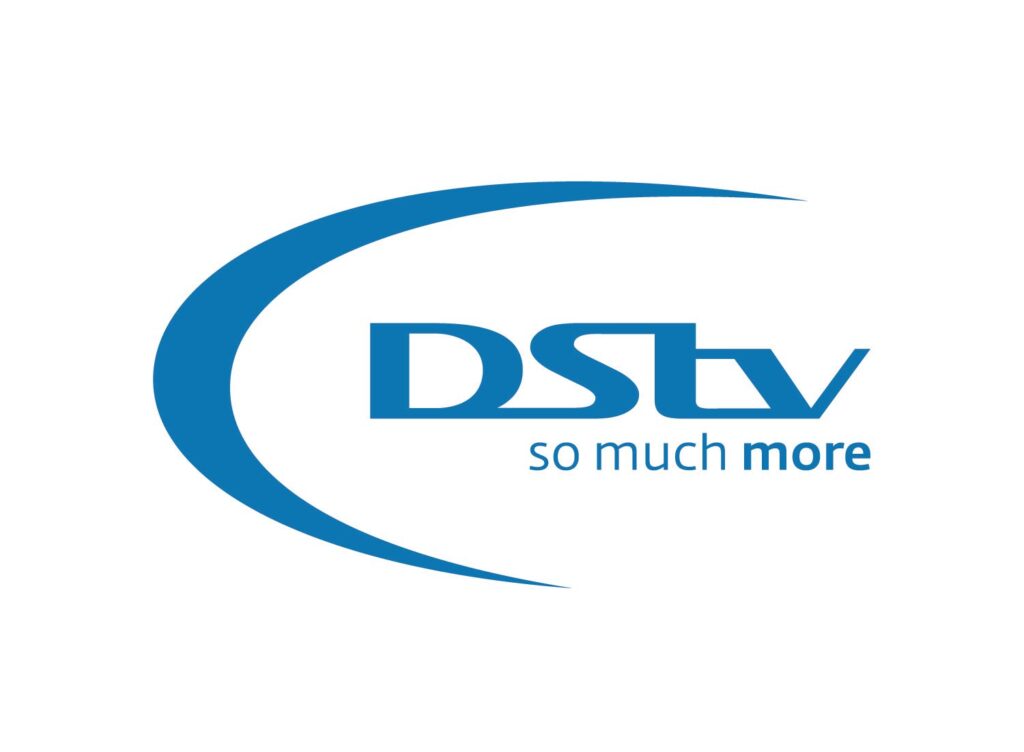DSTV is one of the leading satellite television services in Nigeria, offering an extensive range of entertainment, news, sports, and educational channels. To enjoy a seamless DSTV experience, it’s essential to set up your satellite dish with the correct position, frequency, and symbol rate settings. This guide provides detailed information on the optimal DSTV Nigeria satellite position, frequencies, polarizations, and symbol rates to help you get the best signal quality.
DSTV Nigeria Satellite and Position Overview
The DSTV satellite used in Nigeria is Eutelsat W4, located at 36 degrees East. Aligning your DSTV dish to this specific position ensures it captures the strongest signals for stable and uninterrupted television viewing.
Essential DSTV Nigeria Frequencies, Polarizations, and Symbol Rates
To receive all DSTV channels clearly, you’ll need to configure your decoder with the following frequency, polarization, and symbol rate details. DSTV in Nigeria operates on both vertical (V) and horizontal (H) polarizations, each requiring a unique frequency and symbol rate:
Frequency (GHz) |
Polarization |
Symbol Rate (Ksps) |
|---|---|---|
11.842 |
Vertical (V) |
27,500 |
11.728 |
Vertical (V) |
27,500 |
11.747 |
Vertical (V) |
27,500 |
12.245 |
Horizontal (H) |
27,500 |
12.284 |
Horizontal (H) |
27,500 |
These frequencies and polarizations ensure access to a full range of DSTV channels. Entering them correctly on your DSTV decoder will allow it to receive the satellite signals accurately.
How to Set Up Your DSTV Dish for Optimal Signal Strength
Getting the best signal requires proper dish alignment. Here’s a step-by-step guide to positioning and configuring your DSTV dish:
1. Aligning the Dish to 36 Degrees East
- The DSTV dish should be directed to 36 degrees East to align with the Eutelsat W4 satellite.
- This orientation is critical, as even a slight deviation can lead to poor signal quality or loss of signal.
2. Adjusting Azimuth and Elevation
- Azimuth is the horizontal angle you should point your dish towards. For DSTV, this should be eastward, precisely at 36°.
- Elevation refers to the angle at which the dish tilts upward. The ideal elevation for DSTV in Nigeria varies by region but typically falls between 51° to 55°.
3. LNB Skew Adjustment
- The LNB (Low Noise Block) should be adjusted to match the satellite’s polarization. A slight tilt, known as skew, may be necessary to fine-tune the signal.
- For DSTV Nigeria, an LNB skew adjustment of +10° to -10° is often effective, but a professional installer or a satellite meter can help you determine the exact skew for your location.
Configuring Your DSTV Decoder
After aligning the dish, follow these steps to set the frequency, symbol rate, and polarization on your DSTV decoder:
- Access Satellite Settings:
- Press the “Menu” button on your DSTV remote and navigate to “Settings.”
- Choose “Satellite Settings” to open the configuration menu.
- Enter Frequency, Symbol Rate, and Polarization:
- Input the frequencies and symbol rates listed above in the respective fields.
- Set the polarization to Vertical (V) or Horizontal (H), depending on the channel’s specific requirements.
- Save and Check Signal Quality:
- Save your settings and return to the main screen.
- Monitor the signal strength and quality on your screen. Aim for a signal quality above 70% for optimal performance.
Troubleshooting Common DSTV Signal Issues
Here are some common issues and solutions if you encounter signal problems:
- Low Signal Quality: Adjust the dish alignment slightly and check the signal meter on your decoder. Ensure there are no obstructions blocking the dish’s line of sight.
- Heavy Rain Interference: Known as “rain fade,” this can disrupt signals temporarily. Wait until the weather clears or consider a larger dish if rain fade is frequent.
- Loose or Faulty Cables: Inspect the cables from your dish to the decoder. Damaged cables or loose connections can also lead to poor signal quality.
FAQs on DSTV Nigeria Frequencies and Setup
Q1: How do I know if my DSTV dish is correctly aligned?
Check the signal strength and quality on your DSTV decoder’s settings menu. Proper alignment should give you a signal quality above 70%.
Q2: Can I align my DSTV dish myself?
Yes, if you have a satellite signal meter or follow the decoder’s signal guide. However, for best results, a professional installer is recommended.
Q3: What should I do if I still have issues after aligning my dish?
Verify that your frequencies, symbol rate, and polarizations are correctly set. Also, inspect cables for damage and ensure there’s no obstruction in front of your dish.
Final Thoughts
By setting the correct dish position, frequency, and symbol rate, you can enjoy an enhanced DSTV viewing experience in Nigeria. Following these steps will help you achieve a stable connection to the Eutelsat W4 satellite, ensuring high-quality reception across DSTV’s range of channels.

